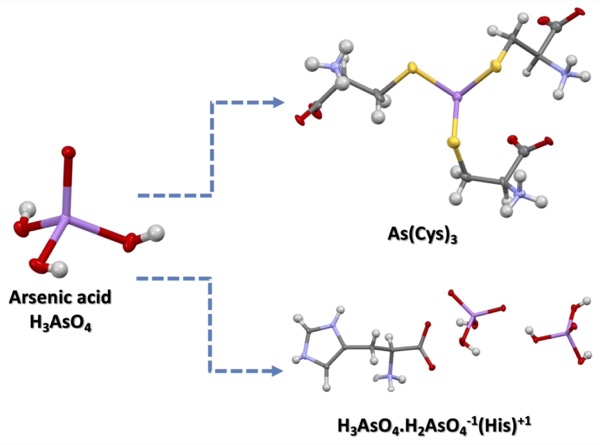|
|
Molecule of the Month May 2024 |
|
| From Inorganic to Biological Structures of Arsenic | ||

|
||
|
Inorganic arsenate AsO43- is the most common and most dangerous freshwater pollutant involving arsenic. In the pH range 6.5 to 8.5 of freshwater, it exists in the protonated forms H2AsO4- and HAsO42-, offering potential as hydrogen bonding donor and acceptor.
This research is conducted in the group of PD Dr. Simon Grabowsky in collaboration with the groups of Prof. Dr. Jean-Louis Reymond and Prof. Dr. Achim Stocker at the University of Bern. References:
|
||